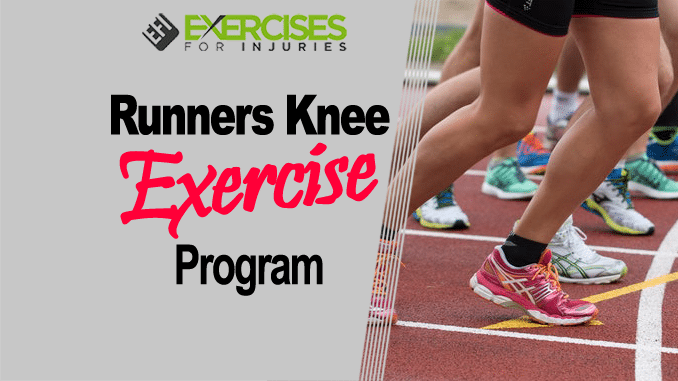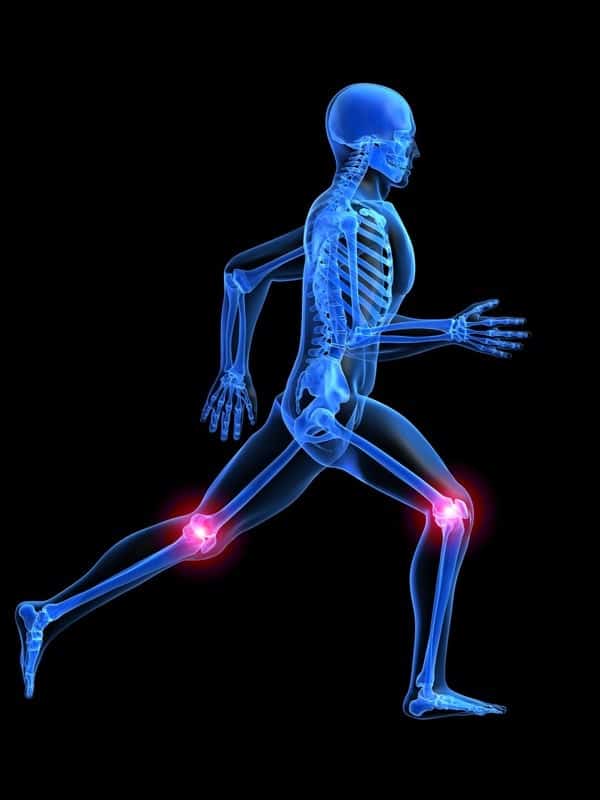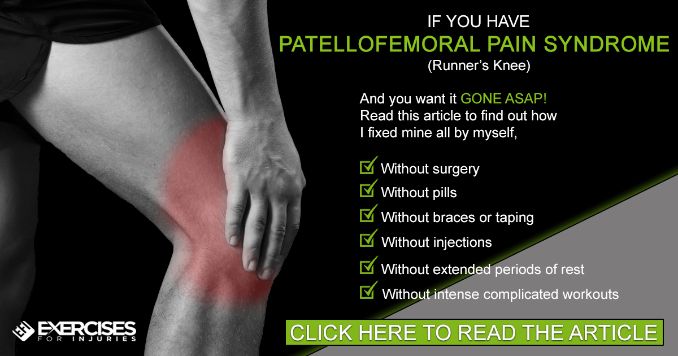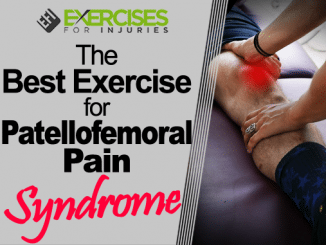
Runner’s knee, or patellofemoral pain syndrome, is just what it sounds like: knee pain that stems from the patella (kneecap) and the femoral (thigh) bone. It’s common among runners, exceptionally competitive ones. It’s a condition that affects runners and other athletes who participate in high-impact activities such as running and soccer. These sports strain the knee and can lead to injury if you don’t strengthen the muscles and tendons around your joint. Although it can sometimes be minor, a runners knee is a common reason for stopping running and can even require surgery.
The term “runner’s knee” refers to a condition where the ends of the kneecap rubbing against the side of the femur, particularly when running or walking. The condition causes tenderness, pain, swelling, and a distinct odor due to the accumulation of dead skin and sebum (oil). It usually develops suddenly and can be triggered by a change in activity level, excessive running, or being overweight. The condition can also result from other conditions, such as patellofemoral pain syndrome, chondromalacia, or a meniscal tear. If you’ve recently begun running or are an experienced runner, you may want to know how to prevent the runner’s knee. What you eat and how you exercise are the major factors preventing it.
Yesterday I looked at new patellofemoral pain syndrome (PFPS) research.
Today I wanted to go through an effective exercise program for patellofemoral pain syndrome or runner’s knee.
Let’s look at a research-backed exercise program for runners’ knees.
What is an Effective Exercise Program for Runner’s Knee?
What They Looked At
They looked to see if a supervised exercise program helped with recovery, pain, and function in patients with patellofemoral pain syndrome.
The Exercise Program They Did
People with PFPS have a six-week standardized exercise program modified for the individual and supervised by a physical therapist. They visited the physical therapist nine times in 6 weeks. In addition, they need to practice the exercises daily for 25 minutes over three months.
PFPS Exercise Program:
- Warm-up on a bicycle ergometer.
- Followed by static and dynamic strength exercises for the quadriceps, adductor, and gluteal muscles.
- Balance exercise
- Flexibility exercises for quadriceps and hip flexors.
- The exercise program took 25 minutes.
- Load increased every two weeks during the first six weeks by increasing the number of repetitions or the intensity of the exercises.
The control group was given rest and avoided things that led to knee pain.
Both groups received written information on patellofemoral pain, analgesic usage guidelines, and daily isometric quadriceps contractions.
What They Found
After three months, the group that did the supervised exercise program showed better outcomes than the control group in pain at rest, pain during activity, and function. At 12 months, the intervention group delivered better results than the control group in pain (adjusted difference in pain at rest, pain on activity, but not function.
Take Home Message
Having a coach supervise your runner’s knee rehab program will result in better outcomes. Having the program managed will keep you accountable and help you have the exercise progress.
Secondly, you must focus on cardiovascular exercises, leg strengthening, hip flexibility, balance, and progress in the exercise program.
I have found one program on runners’ knee, or patellofemoral pain syndrome, which I like and think will help you. To check it out, CLICK HERE.
Rick Kaselj, MS





